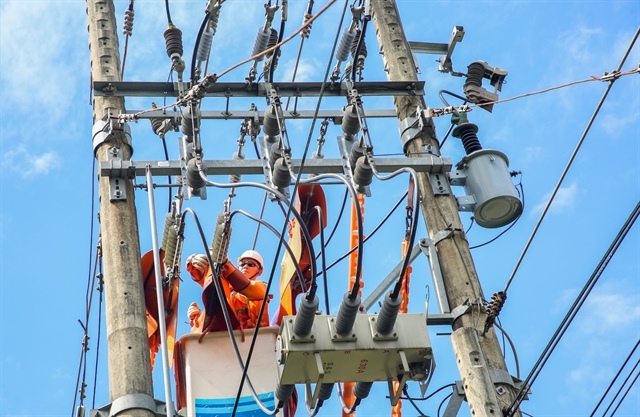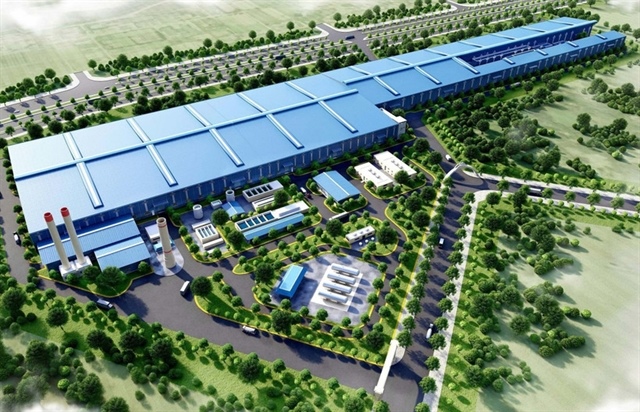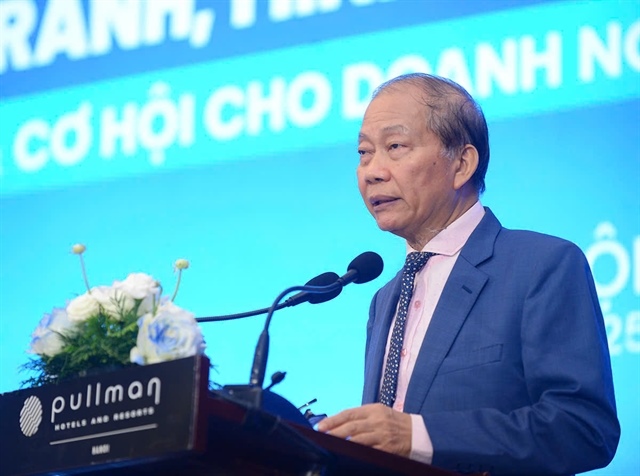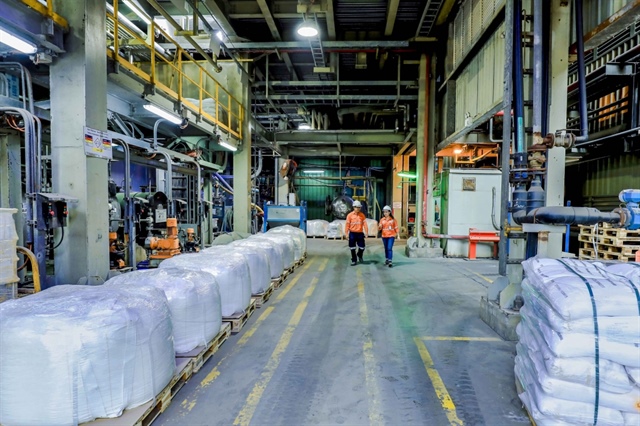MOT plans to set up high charges to restrict private vehicles
MOT plans to set up high charges to restrict private vehicles
The Ministry of Transport (MOT), which is drafting the plan on restricting private vehicles in transport in big urban areas, attempts to impose high taxes and fees on vehicle owners--considering this the most important measure to obtain that goal.
Under the draft plan, the government would adjust luxury taxes, ownership registration taxes and vehicle registration fees when necessary after considering the situations. Especially, the watchdog agencies would grant quotas on the number of private vehicles to be registered to every city, depending on the infrastructure development of the localities.
As such, by that time, vehicle owners would not only have to spend money to buy vehicles, but also have to pay insurance premiums, taxes and fees. Especially, they would have to join bids and pay money for the right to put their cars into circulation.
In the inner areas of the big cities, one would be able to possess cars only if they can prove that they can arrange places for car parking.
Private vehicle owners bent over with heavy taxes and fees
Experts have pointed out that fees and taxes account for up to 60 percent of the car prices. The percentages are 20 percent for domestically made motorbikes and 50 percent for import ones.
Both motorbike and car owners have to bear heavy taxes and fees. A car now bears eight kinds of taxes and fees. Meanwhile, cars and motorbikes would be imposed another type of fee–road transport fee.
Though Vietnam is a poor country with low income per capita, Vietnamese people have to bear heavy taxes. A National Assembly’s Economics Committee’s report showed that the state budget’s collection from taxes and fees in Vietnam is much higher than that in other regional countries.
The report showed that in the last five years, the ratio of tax and fee on GDP in China is 17.3 percent, while the figures are 15.5 percent for Thailand and Malaysia, 13 percent for the Philippines, 12.1 percent for Indonesia and 7.8 percent only for India. Meanwhile, the ratio of tax and fee on GDP in Vietnam is 1.4-3 times higher than that in other regional countries.
Cars now bear the luxury tax of 45-60 percent; motorbikes with the cylinder capacity of over 125 cc are imposed 20 percent in luxury tax.
The high taxes and fees have led to the slow development of the automobile market, which, in return, would hinder the development of the automobile industry and lead to the lower income of the state budget.
Since the domestic automobile production falls stagnant, Vietnam would have to spend tens of billions of dollars to import cars and motorbikes, which means that the money would go to the pocket of foreign manufacturers instead of domestic enterprises.
Experts have warned that there is no relation between the tax and fee increases and the traffic jam ease. Imposing fees on private vehicles would not help reduce the number of vehicles in circulation, because people would not pay transport fee and then leave cars at home and take buses to the office.
They have also pointed out that a country should think of restricting private vehicles only if it can provide diversified public transport means, including buses, tramcars, subways, services at low fees.
Meanwhile, Japanese experts have estimated that buses now just can satisfy 25 percent of the demand for public transport at maximum. At present, the figure is just 11 percent.
It seems to be unreasonable to think of developing subway now, because of the high investment rate, estimated at 60-80 million dollars for every kilometer of subway.
vietnamnet
























